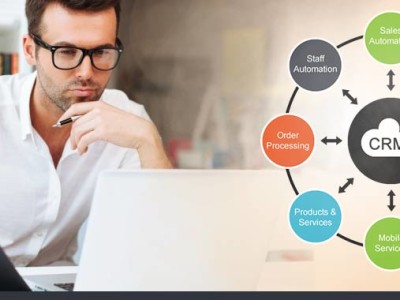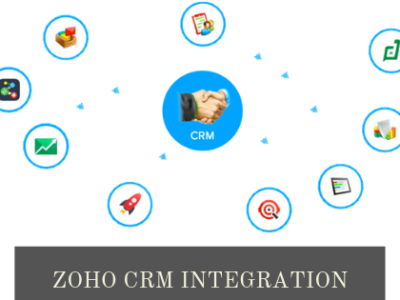
CRM Public Sector
CRM is gaining the attention of governments wanting to start online relationships with their constituents. Learn how CRM, when paired with e-government, is taking on a new look.
Sign up to get FREE CRM Trial
Customer relationship management (CRM) helps organizations in the public sector manage customer service. But did you know CRM can also help public and government agencies track and manage relationships with their constituents online?
With online services, public entities are offering their “customers” a host of online options, including allowing users to:
- 1) Pay property, state, and local taxes.
- 2) Manage individual personal profiles that contain user-specific information, such as the status of an accident report.
- 3) Pay for utilities and other services.
- 4) Register complaints.
Interest in citizen relationship management is high, but the adoption by e-government organizations is slow.
Government CRM differs from its commercial counterpart in that e-government must meet the needs of the general public. The public sector doesn’t have the luxury of focusing its efforts on its favorite customers.
While e-government is catching on in small- to midsize governments, many agencies struggle initially because they lack IT expertise.
“You need to be able to offer online support, and sometimes you can’t get that internally. Only the largest governments have those things,” said David Dunn, founder of GovHost, an e-government application service provider (ASP), and founder of Visionary Corporate Computing Concepts (VC3).
Dunn’s South Carolina-based company and the GovHost ASP solution offer more than online CRM applications. “Small to medium governments want e-government, but they need a lot more. They need a network, they need an e-mail system,” explained Dunn, adding that many of his clients seek “systems integration first, e-government coming.”
Government security
 One key function of CRM is to collect customer data, yet this process can present security hazards when used with e-government.
One key function of CRM is to collect customer data, yet this process can present security hazards when used with e-government.
“The process for any bit of data you have is to figure out what can be presented publicly and what you have to have a high level of security on and a low level of security on,” Dunn said.
However, Dunn explained that much of the data handled by governments is already public information.



